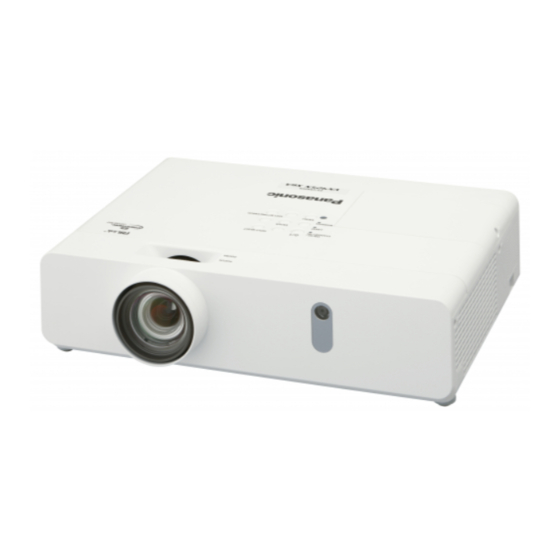Table of Contents
Advertisement
Quick Links
Thank you for purchasing this Panasonic Product.
■ This manual is intended for products manufactured from May 2016 and beyond.
■ Before operating this product, please read the instructions carefully, and save this manual
for future use.
■ Before using your projector, be sure to read "Read this first!" (x pages 2 to 12).
Operating Instructions
LCD Projector
Model No.
Functional Manual
Commercial Use
PT-VW355N
PT-VX425N
ENGLISH
TQBJ0854-2
Advertisement
Chapters
Table of Contents










Need help?
Do you have a question about the PT-VX425N and is the answer not in the manual?
Questions and answers